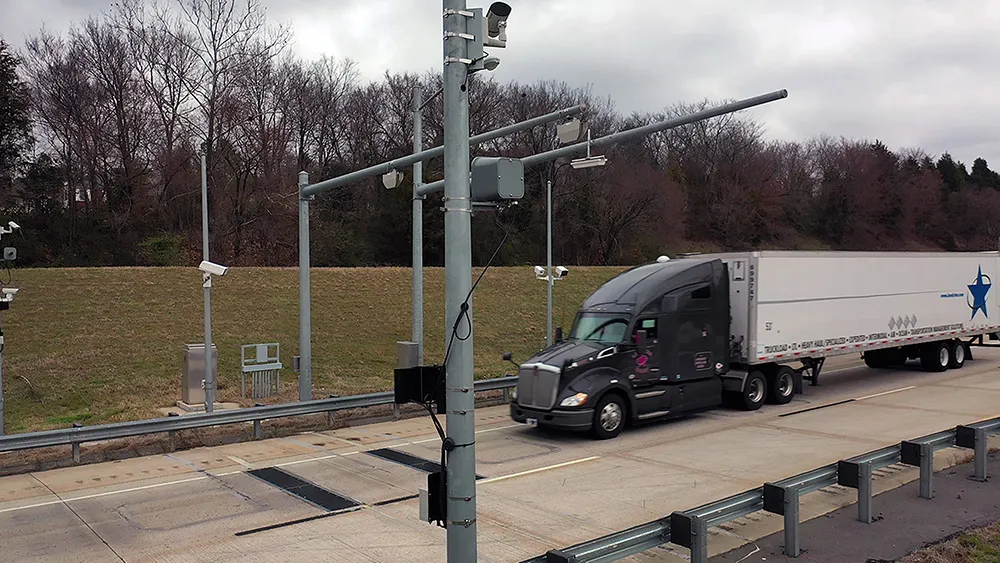The company posted revenue of US$18.6 million and adjusted EBITDA of US$4.8 million, Net income was US$3.6 million and cash from operations was US$3.1 million.
It also acquired
According to Shaun McEwan, interim CEO of Quarterhill, Q2 was a significant period for the company as it launched a major shift in growth strategy by transitioning its public parent company into a diversified investment holding firm focused on acquiring companies in the Industrial Internet of Things market.
"We quickly began executing on our new plan and completed the acquisitions of IRD and VIZIYA in the quarter. As part of the new strategy, we renamed the public company Quarterhill, and kept the
"Our new strategy reflects our belief that the best path to grow the business and shareholder value is to acquire promising growth companies and support them while they build their businesses. This diversification strategy will add additional lines of business to the overall public Company, which will open-up new revenue and cash flow streams, and mitigate the lumpiness that we had experienced in the past. This is evident already; even though the acquired businesses had only a partial contribution to our Q2 financials, we are already seeing the positive impact they can have on our revenue and margins."
Quarterhill announces shift in strategy driving revenue growth
Quarterhill has announced its financial results for the three- and six-month periods ended 30 June 2017, during which it announced a new acquisition-oriented growth strategy and changed the name of the public company to Quarterhill. The company posted revenue of US$18.6 million and adjusted EBITDA of US$4.8 million, Net income was US$3.6 million and cash from operations was US$3.1 million. It also acquired International Road Dynamics (IRD), a highway traffic management technology company specialising in sup
August 11, 2017
Read time: 2 mins
Quarterhill has announced its financial results for the three- and six-month periods ended 30 June 2017, during which it announced a new acquisition-oriented growth strategy and changed the name of the public company to Quarterhill.









